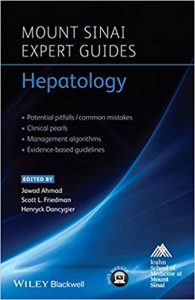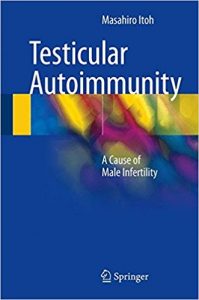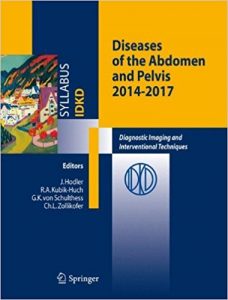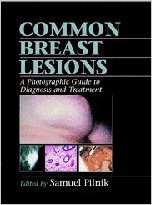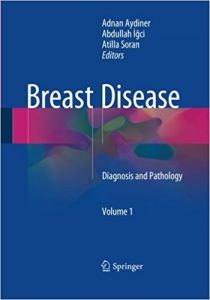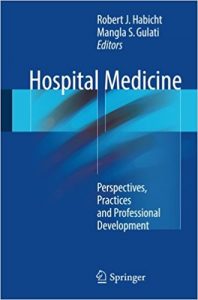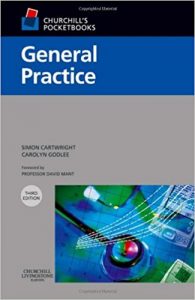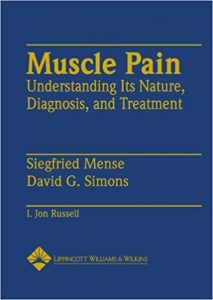
[amazon template=iframe image2&asin=0683059289]
Muscle pain is common. Fibromyalgia occurs in 2 percent of the general population (in 0.5 percent of males and 1.5 percent of females) and is diagnosed in approximately 15 percent of patients seen in rheumatology clinics and up to 10 percent of those seen in general internal-medicine clinics. Low back pain, which in many cases is of myofascial origin, has a lifetime prevalence as high as 80 percent and accounts for 20 million sick days per year in the United States. Twenty percent of persons in the general population have chronic regional pain. Nocturnal muscle cramps are common in all age groups, with an especially high prevalence among elderly persons (50 percent) and pregnant women (81 percent).
The high prevalence of muscle pain is not surprising, since more than 200 paired skeletal muscles (the exact count depends on the extent of muscle subdivision), each with free nociceptors at nerve endings, account for 40 percent or more of body weight.
Muscle Pain is a well-written book with comprehensive, up-to-date references and many useful figures. The nine chapters clearly review the neurobiologic, pathophysiologic, and clinical manifestations of muscle pain. Helpful features of the book include a summary and outline at the beginning of each chapter; specific treatment recommendations, with a brief review of the pharmacologic characteristics of each drug at the end of most chapters; and a glossary of key words and terms, which nonneurologists will find especially useful. Almost a third of the book is devoted to the most common causes of muscle pain: myofascial pain and the fibromyalgia syndrome.
Myofascial pain denotes both the symptoms caused by myofascial trigger points and a regional pain syndrome characterized by the presence of trigger points. A trigger point is a tender, localized hardening in a skeletal muscle that can evoke referred pain in a characteristic pattern involving different locations in a particular muscle. The concept of myofascial pain has evolved considerably since Arthur Steindler introduced the term in 1939. The late Janet Travell, who had suffered from myofascial pain herself, was largely responsible for putting the disorder and its treatment on the medical map, with publications over a 50-year period. (Travell was the White House physician for Presidents John F. Kennedy and Lyndon B. Johnson; she administered trigger-point injections to President Kennedy for his chronic low back pain and recommended that he use a rocking chair. Travell published two influential books on myofascial pain with David Simons, one of the authors of Muscle Pain.) The chapter on myofascial pain reviews its pathophysiologic features, including electromyographic findings reportedly due to dysfunctional motor end plates and the histogenesis of trigger points. Characteristic patterns of pain and effective treatments, such as trigger-point injections, are summarized.
Fibromyalgia is a chronic condition of increasing sensitivity characterized by widespread pain and confirmed by the induction of pain with 4 kg of palpation pressure in at least 11 of 18 (9 bilateral) soft-tissue tender points in various locations from the occiput to the knees. In contrast to trigger points, tender points cause local pain when pressed but do not refer pain. (The term “tender point” was first used by Smythe and Moldofsky in 1972 and “fibromyalgia” by Hench in 1977.) In the chapter on the fibromyalgia syndrome, I. Jon Russell reviews data supporting the theory that widespread allodynia is due to central nervous system amplification of nociception in general, not to a specific muscle disorder. Medications such as tricyclic antidepressants, nonsteroidal antiinflammatory agents, cyclobenzeprine, and tramadol may help some patients. Even if such treatment is not effective, the physician can help the patient by providing information about the syndrome and by having an accepting attitude.
Not surprisingly, myofascial pain and fibromyalgia are two of the most controversial topics in medicine. Critics note that the criteria for their diagnosis are subjective and that the applicability of the criteria is problematic for several reasons, including poor interexaminer reliability. Various studies that have been reported to demonstrate a pathophysiologic substrate have been subject to vociferous attacks. There is also concern that these diagnoses medicalize psychiatric disorders or encourage unjustified legal claims of injury or disability. Suggested nonhistologic terms for these disorders include aches and pains, the chronic pain syndrome, somatoform pain disorder, the pain amplification syndrome, somatic dysthymia, the hypervigilance syndrome, affective spectrum disorder, and diffuse suffering. Terminology aside, I believe that most of my patients who report pain actually experience pain that has a biologic, albeit often poorly understood, basis.
I highly recommend Muscle Pain to any physician who treats these disorders or wishes to review the growing body of knowledge about their neurobiologic and pathophysiologic features. This book will be of special interest to pain specialists, neurologists, neurosurgeons, rheumatologists, orthopedists, and physiatrists.
DOWNLOAD THIS BOOK FREE HERE
